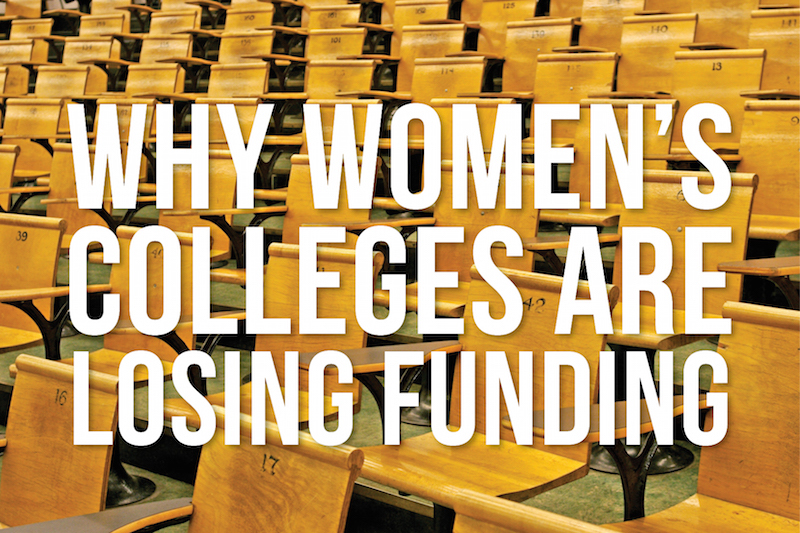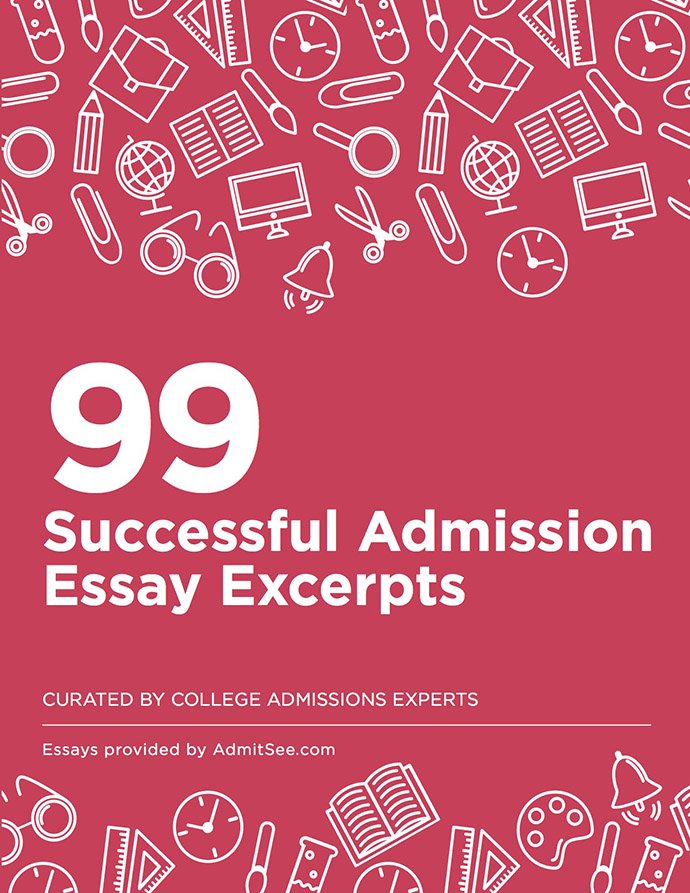In a nation where college admissions are up (having risen from 26% to 41% over the last three decades), the harsh reality is that small colleges all over the country are losing funding. Those that survive are finding it necessary to cut programs (in particular, art and music) so that they can offer majors in fields considered more lucrative to prospective students —including business, engineering and computer science.

In this type of climate, women’s colleges are getting hit particularly hard; and many have either closed, gone coed, or merged with coed universities. The numbers tell an even harsher story. In 1960, there was a total of 200 women’s colleges in the US. By 2014, that number has dropped to just 47 throughout the US and Canada.
While these closings may seem like a recent trend, the fact is many of the nation’s most renowned women’s colleges became coed decades ago. For example, back in 1972, Texas Women’s University started accepting men, who today make up 12% of the student body. Just a few of the scores of famous women’s colleges which have either closed or gone co-ed include Radcliffe College (which closed in 1991 and is now part of Harvard); Wheaton College (coed since 1987); Hunter College (coed since 1964); Sarah Lawrence (coed since 1968) and Vassar (coed since 1969).
Are Women Losing Interest In Women’s Colleges?
In 2004, 8.7 percent of women enrolling in private colleges chose women’s colleges. By 2012, that number had dropped to 7.9%. By 2014, only 2% of women applicants chose to attend a single-gender college.
Not all women’s colleges have suffered from diminished enrollments, however. Historic Agnes Scott College in Decatur, GA, which had an enrollment of 600 women undergraduates in 1994, has just received its all-time high enrollment of 902 in 2016. Other historic colleges, however, have struggled to survive. One notable example is Sweet Briar College, VA, which was slated to close before its alumni raised $12 million to save the school. By 2016, Sweet Briar’s enrollment grew from 751 in 2015 to a record-breaking 1099 in 2016.
Stories such as Agnes Scott’s and Sweet Briar’s show the loyalty that many women have, not only toward their single-gender alma mater, but also to the concept of women’s colleges surviving in the 21st century.
Women’s colleges are losing funding primarily because of a declining interest in single-gender colleges. During the time of Sweet Briar’s crisis, interim president James F. Jones, Jr. cited the problem as being “declining interest among today’s applicants in rural, liberal arts colleges as well as single-sex colleges,” and today’s analysts, backed by statistics, agree.
Why Are Women’s Colleges Losing Funding?
For more than two decades, the number of women applying for college has topped the number of men. In 1994, 63% of female high school graduates enrolled in college, as opposed to 61% of male graduates. By 2012, 71% of female graduates were enrolling in college, while the numbers for male students remained at 61%. The increase in female enrollment continues — but today’s women prefer to opt for co-educational colleges because many believe that it will better prepare them to compete with men in the job market.
For a variety of reasons, women’s colleges still have a relevant place in the 21st century. Educators in particular cite the psychological benefits of women having a support system among peers of their own gender in a world where men still get higher pay and preferential hiring for executive jobs. Others cite the increased violence on today’s coed campuses as a reason why some women feel physically safer going to a single-gender school. According to some reports, however, there’s a dark side to college admissions programs which might make it even more necessary for women’s colleges to continue to exist.
Are Women’s Colleges Still Relevant?
A little-known fact is that private colleges are exempt from the US government’s ban, under Title IX, on sex discrimination. According to a recent expose in the Washington Post, this loophole theoretically allows private colleges and universities to discriminate against women in their admissions practices. The article goes on to say that the men/women acceptance ratio at many of the more famous colleges average 60:40. Specific examples cited in the article include Vassar College, where admissions for men are typically around 34 percent as opposed to 19 percent for women; Columbia University, where the acceptance rate is 8 percent for men and 6 percent for women; and Vanderbilt University, where the acceptance rate is 15 percent for men versus 11 percent for women.
The Washington Post expose adds that public colleges and universities are not exempt from the ban, and that Title IX protects the admission of women in all schools that are federally funded.
These numbers are even more significant considering that, statistically, there is a substantial gender difference between performance levels of high school girls and boys. According to recent statistics, 70% of the nation’s high school valedictorians are now girls. The numbers tell the story. If this level of discrimination is still prevalent among the nation’s top-drawer colleges, then there is still a vital need for women’s colleges.
According to an extensive study conducted by the Women’s College Coalition, nearly 65 percent of those who attend women’s colleges plan to get higher degrees, and are more likely than coed college attendees to aspire to a Ph.D. Statistics such as these — plus the loyalty that women’s college alumni show toward their schools — indicate that women’s colleges continue to have a valid and valuable place in the realm of higher education in the 21st century.
Are you applying to a women’s college? Are you currently attending one? Let us know what your thoughts are in the comment section below!
















 Back
Back